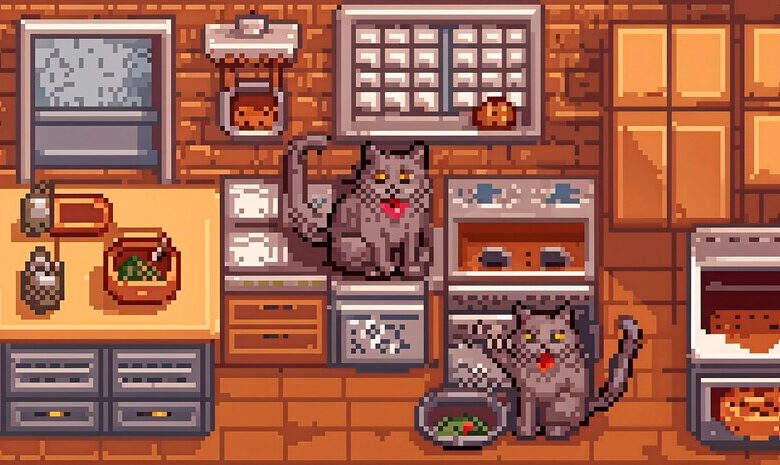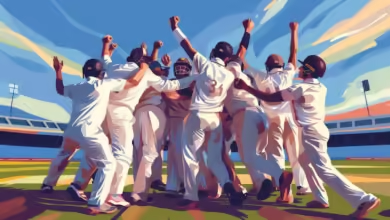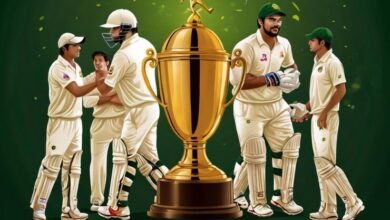The Evolution of minecraft (2009) game icons banners: A Comprehensive Look at the Game’s Visual Identity

Since its initial release in 2009, Minecraft has become a cultural phenomenon, transforming from a simple indie game into a global icon. Central to its enduring success are the game’s distinctive icons and promotional banners, which have played a crucial role in shaping its visual identity and capturing the imagination of millions. This article delves into the evolution of Minecraft’s icons and banners, exploring how they have contributed to the game’s popularity and reflecting on their significance over the years.
The Birth of Minecraft: A New Era Begins
Minecraft, created by Markus Persson (known as Notch), officially launched in November 2009. At its core, Minecraft offered a unique blend of exploration, creativity, and survival in a blocky, procedurally-generated world. The game’s initial icons and banners were instrumental in establishing its identity and setting the stage for its massive success.
The Original Minecraft Icon
The original Minecraft icon was remarkably simple yet highly effective. It featured a pixelated image of a grass block, a fundamental element in the game. This icon was designed to reflect the game’s distinctive visual style, characterized by its cubic graphics and minimalist aesthetic. The grass block, with its recognizable green top and earthy sides, became synonymous with Minecraft, symbolizing the game’s focus on building and exploration.
The simplicity of the original icon was a strategic choice. Its straightforward design ensured that it was easily recognizable across different platforms and devices, from PC desktops to mobile screens. This consistent visual representation helped cement Minecraft’s brand identity and made it instantly identifiable to players and potential new users.
Early Promotional Banners
In the early days of Minecraft, promotional banners were designed to generate buzz and attract attention to the game. These banners often featured artwork showcasing the game’s blocky, procedurally-generated worlds and iconic elements such as Steve, the game’s default protagonist, and Creepers, the infamous hostile creatures.
The color palette of these early banners was dominated by earthy tones and vibrant greens, reflecting the game’s open-world exploration and the lush, varied environments players could create. The artwork emphasized the game’s creativity and the freedom players had to shape their own experiences, using imagery of expansive landscapes, towering structures, and intricate builds.
The Rise of Minecraft: A Global Phenomenon
As Minecraft’s popularity surged, its visual branding evolved to reflect the game’s expanding universe and its growing player base. The transition from indie project to global sensation brought with it updated icons and banners that showcased the game’s new features and content.
Updated Icons
With the release of major updates and new versions of Minecraft, the game’s icons underwent several redesigns. These updates included the introduction of new biomes, creatures, and gameplay mechanics, all of which were reflected in the iconography.
- Minecraft Java Edition Icon: The icon for Minecraft Java Edition, which represents the original PC version of the game, saw several revisions. These icons often incorporated new elements from recent updates, such as the Nether or the End. The updates in the icons allowed players to immediately recognize the game’s most recent content and enhancements.
- Minecraft Bedrock Edition Icon: For the Bedrock Edition, which launched in 2011 for mobile devices and consoles, the icon featured a similar aesthetic but was optimized for different platforms. The Bedrock Edition icon retained the iconic grass block but was adapted to fit the more polished and streamlined look of the game’s interface on different devices.
Evolving Promotional Banners
As Minecraft continued to evolve, so did its promotional banners. Each new banner reflected the latest updates and expansions, featuring artwork that showcased the new content and gameplay features.
- The “Caves & Cliffs” Update: Released in 2021, the “Caves & Cliffs” update brought significant changes to the game’s world generation, including new biomes and cave systems. Promotional banners for this update featured dramatic imagery of the newly introduced mountains, lush cave environments, and the new mobs, such as the Axolotl and the Warden. The banners used a vibrant color palette to highlight the exciting new features and generate excitement among the community.
- The “Wild Update”: Another major update, the “Wild Update,” introduced new biomes and creatures. The banners for this update showcased the lush, untamed environments and the new wildlife, such as the Frogs and the Mangrove Swamps. The banners emphasized the game’s continued commitment to expanding its world and offering new experiences for players.
Icons and Banners Across Platforms
One of the key aspects of Minecraft’s visual identity is its ability to maintain consistency across different platforms. The game’s icons and banners have been designed to be recognizable and effective across a wide range of devices, from PC and consoles to mobile phones and tablets.
Consistency in Design
Maintaining a consistent visual identity across different platforms has been crucial for Minecraft. The game’s icons and banners have been carefully designed to ensure that they are easily recognizable and coherent, regardless of the device or platform. This consistency helps reinforce the game’s brand and makes it easier for players to identify and engage with Minecraft content.
Platform-Specific Icons
While the core design of Minecraft’s icons has remained consistent, there have been platform-specific variations to account for different screen sizes and interface designs. For example, the icon for Minecraft on mobile devices might be slightly simplified compared to the version on a PC, ensuring that it is clear and visible even on smaller screens.
The Role of Icons and Banners in Community Engagement
Icons and banners are not just tools for branding; they also play a significant role in community engagement. Minecraft’s visual elements have been embraced by the player community, leading to a wide range of fan-created content and unofficial merchandise.
Fan Art and Merchandising
The iconic imagery of Minecraft has inspired countless fan artists and creators to produce their own interpretations of the game’s visuals. From fan art featuring custom banners to unofficial merchandise showcasing the game’s iconic blocks and characters, the community’s engagement with Minecraft’s visual identity has helped to further cement its place in popular culture.

In-Game Customization
Minecraft itself has embraced the concept of customization, allowing players to create and use their own banners and icons within the game. This feature has been a popular addition, enabling players to personalize their in-game experience and showcase their creativity. The ability to design custom banners has become a beloved aspect of the game, allowing players to express themselves and create unique designs that reflect their personal style and interests.
The Future of Minecraft Icons and Banners
Looking ahead, Minecraft’s icons and banners will likely continue to evolve as the game progresses and new updates are released. As the game expands and introduces new features, the visual elements will adapt to reflect these changes and maintain the game’s relevance in an ever-evolving gaming landscape.
Embracing New Technologies
As technology advances, Minecraft’s icons and banners may incorporate new design elements and technologies. For instance, advancements in screen resolution and graphical capabilities could lead to more detailed and dynamic icons. Additionally, the integration of augmented reality (AR) or virtual reality (VR) could open up new possibilities for how icons and banners are designed and experienced.
Community-Driven Design
The Minecraft community’s creativity and feedback will likely continue to influence the design of icons and banners. Community-driven events, contests, and collaborations could result in unique and player-designed icons and banners, further strengthening the connection between the game and its players.
Conclusion
The evolution of Minecraft’s icons and banners has been a crucial aspect of the game’s journey from a simple indie project to a global sensation. These visual elements have played a significant role in shaping the game’s identity, engaging its community, and reflecting its growth over the years. From the original grass block icon to the latest promotional banners showcasing new updates, Minecraft’s visual identity continues to evolve, capturing the imagination of players and reinforcing the game’s place in popular culture. As Minecraft moves forward, its icons and banners will undoubtedly remain a key part of its enduring appeal, reflecting both the nostalgia of its past and the excitement of its future.

![[noblocc] kicked for being afk](https://worldtimenetwork.com/wp-content/uploads/2024/08/man-hoodie-is-playing-game-with-coin_659788-9441-220x150.jpg)



